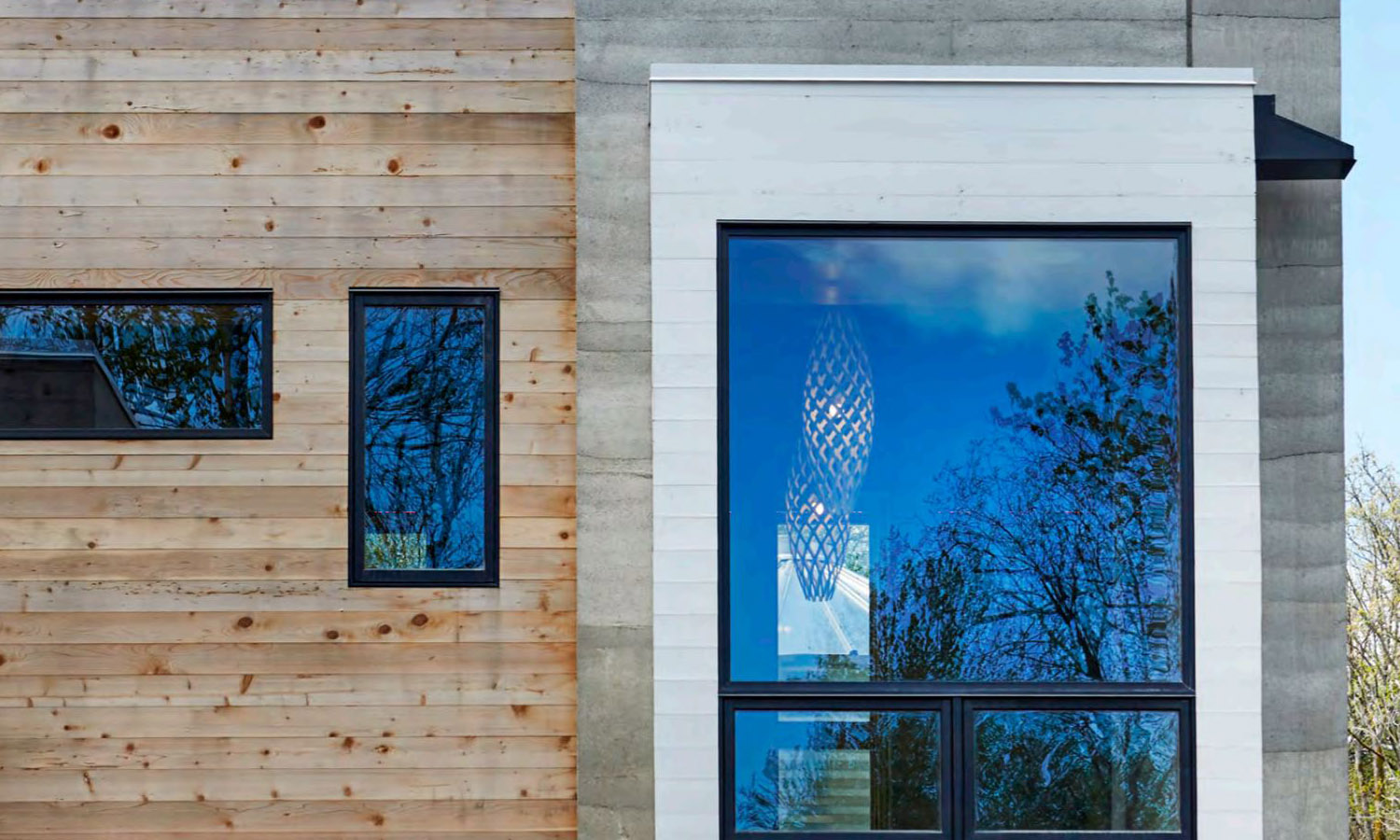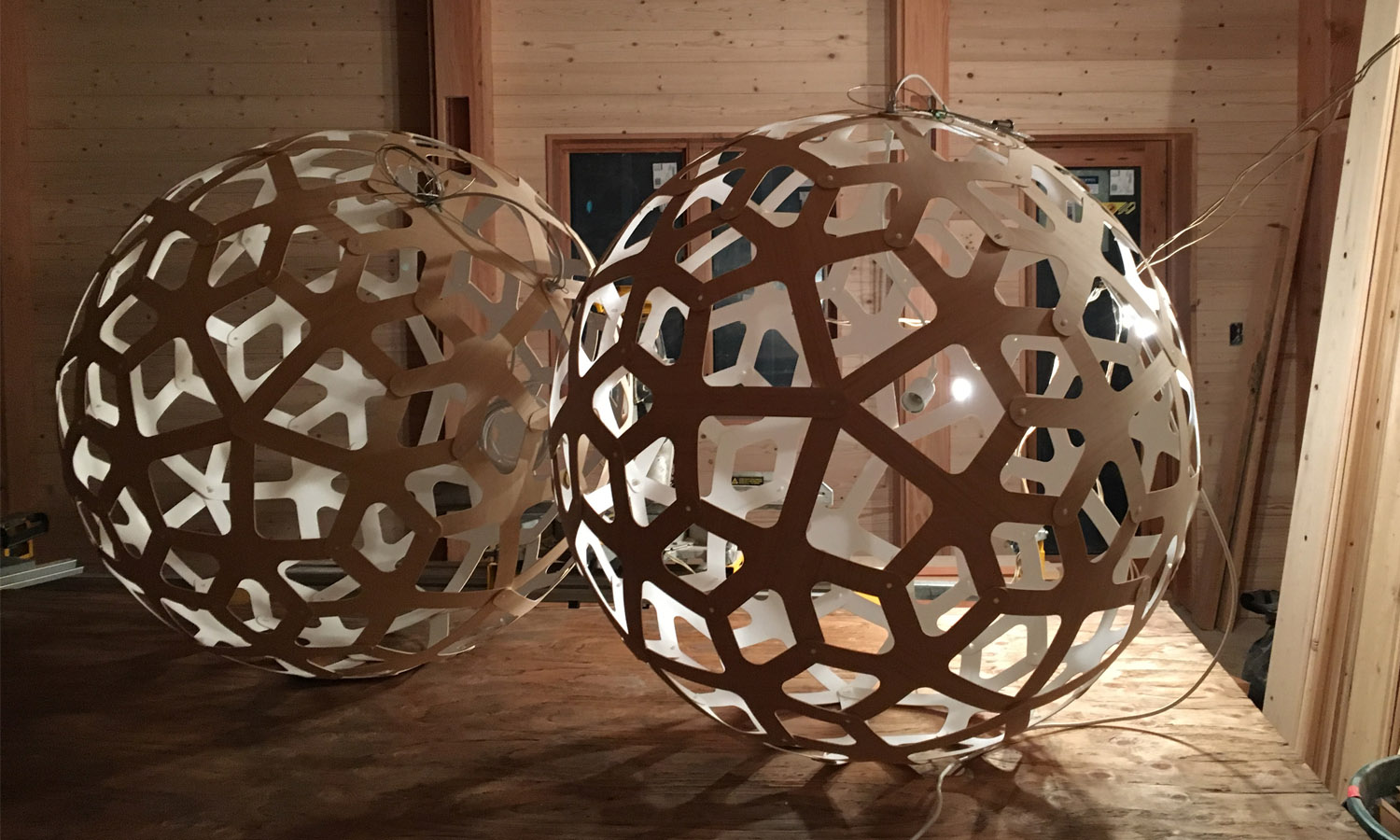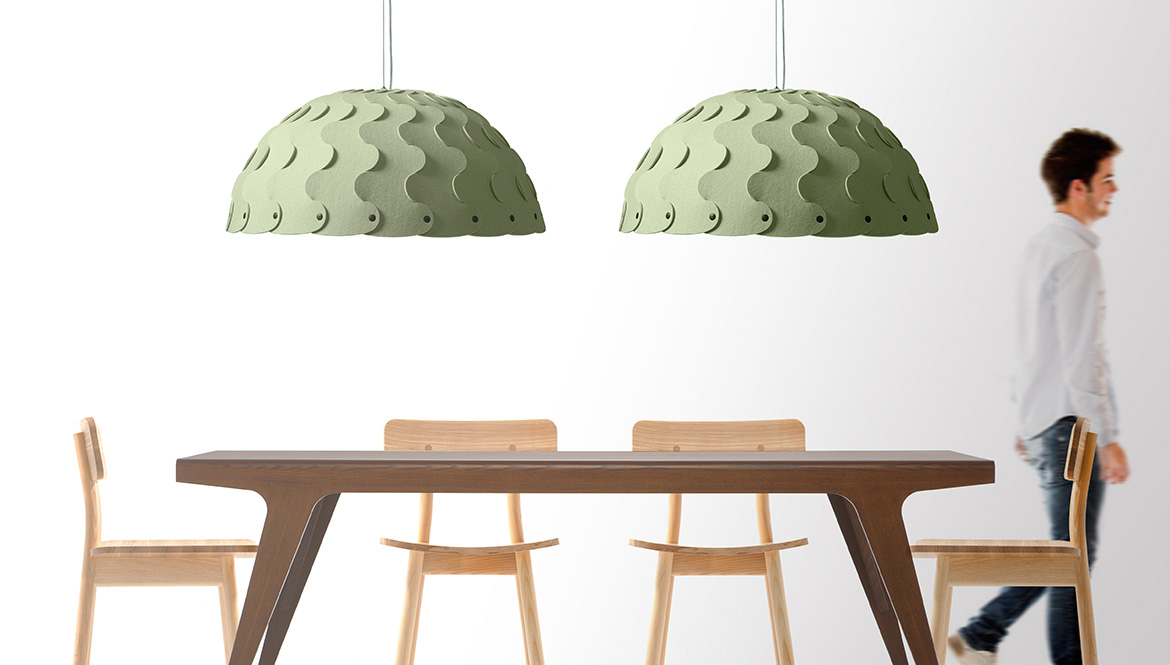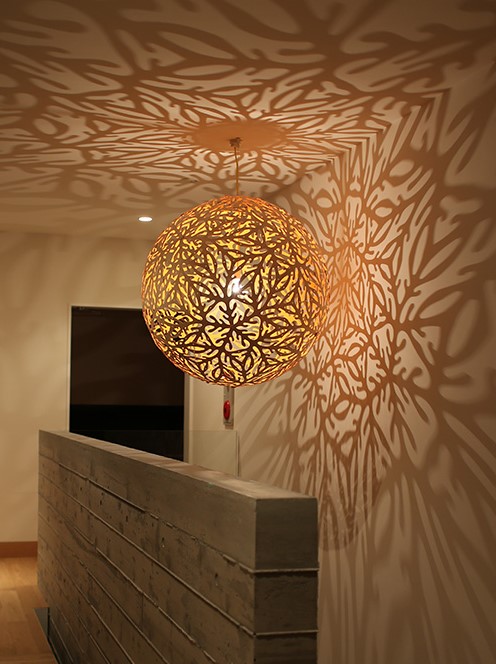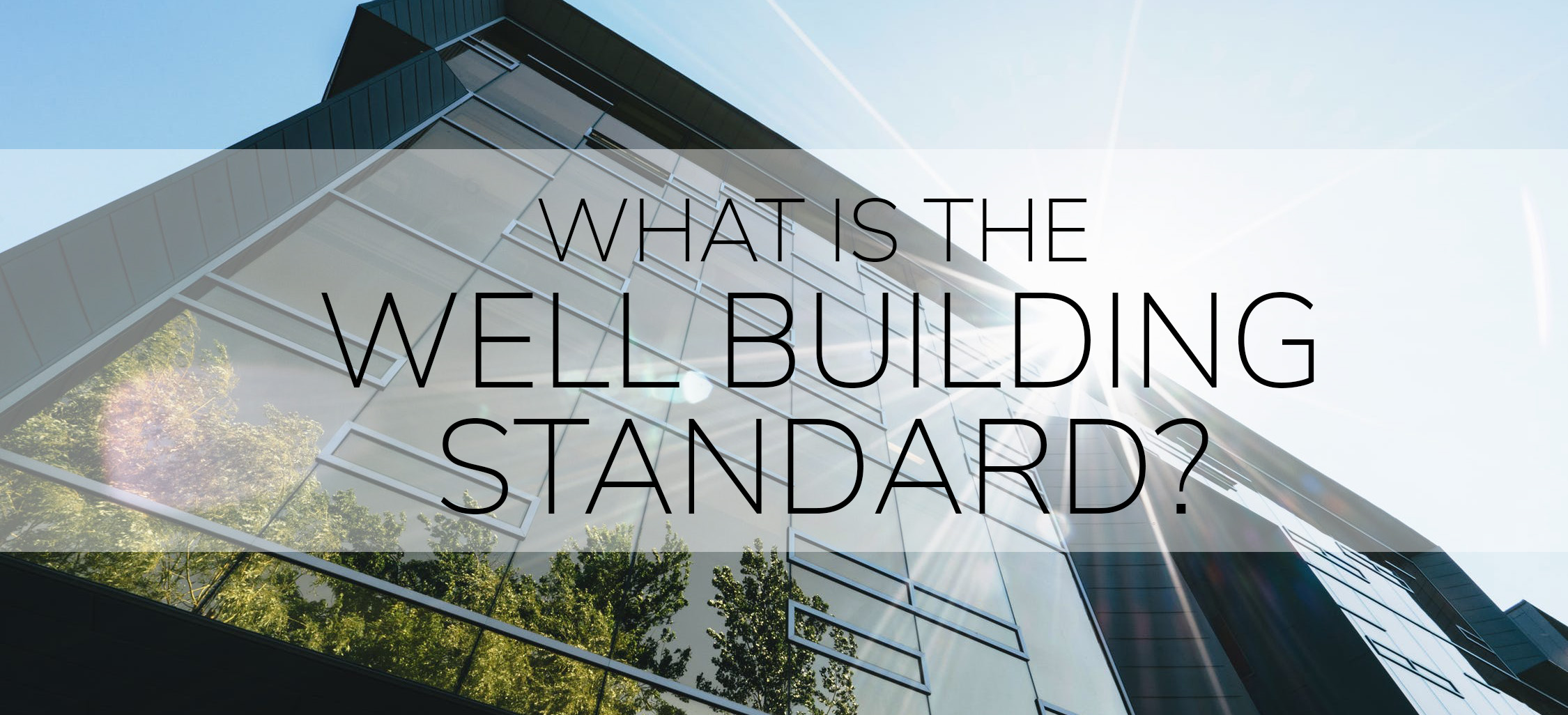
The WELL Building Standard® is a performance based system for measuring, certifying, and monitoring features of the built environment that impact human health and wellbeing, through air, water, nourishment, light, fitness, comfort, and mind. WELL is managed and administered by the International WELL Building Institute (IWBI), a public benefit corporation whose mission is to improve human health and wellbeing through the built environment.
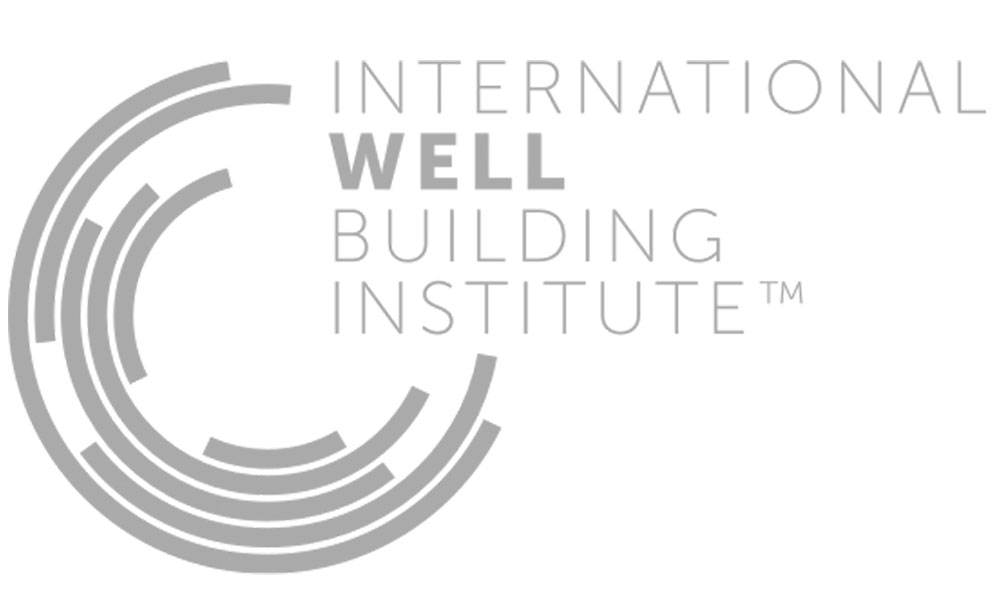
WELL is grounded in a body of medical research that explores the connection between the buildings where we spend more than 90 percent of our time, and the health and wellness of its occupants. WELL Certified™ spaces and WELL Compliant™ core and shell developments can help create a built environment that improves the nutrition, fitness, mood, and sleep patterns.
The WELL Building Standard® is third party certified by the Green Business Certification Incorporation (GBCI), which administers the LEED certification program and the LEED professional credentialing program.

The Living Building Challenge is the world’s most rigorous standard for green buildings. Living Buildings strive for net-zero or net-positive energy, are free of toxic chemicals, and lower their energy footprint many times below the generic commercial structure.
Jason McLennan coauthored the WELL Building Standard and was the driving force behind the International Living Future Institute and Living Building Challenge & Declare Database. Heron Hall is his Living Building home on Bainbridge Island, Washington, completed in 2017.
View our Heron Hall case study featuring sustainable lighting by David Trubridge Design
Watch a time lapse of the David Trubridge lighting kitset construction in Heron Hall. The Coral 800, featured here, are low footprint, made from sustainable materials, and feature a biophilic design.
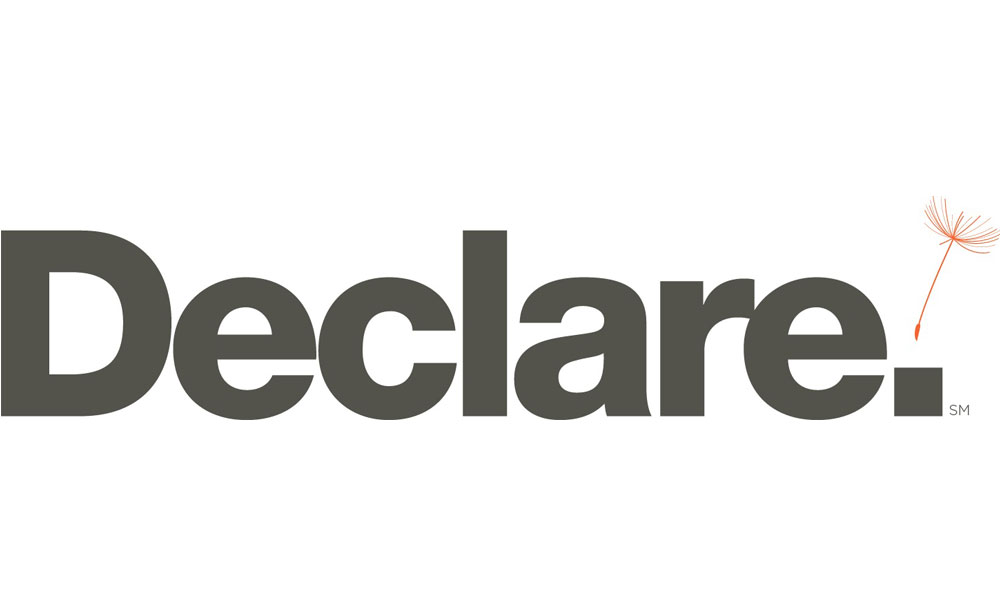
Declare is the nutrition label for products, so that consumers and designers are aware of where a product comes from, what it is made of, and its end-of-life options.
Through submitting materials in the Declare database, manufacturers can be transparent about their products and earn a Red List Free label– materials safe for the environment and inhabitants.
For Designers, Declare offers a free and simple-to-use database to make specifying products easier, and an easy way to establish trust between suppliers and consumers.




Acoustics Matter.
Background noise is a productivity killer whether reading, writing, or collaborating. Over 70% of offices are now open plan. Many of these modern spaces have hard surfaces which cause sound waves to reflect, rather than be absorbed.
Acoustic fixtures, paneling, screens, and paneling can boost points towards a Well-certified project. In regards to Wellness, sound absorption methods are listed in the Comfort criteria, specifically features 74, 75, 78, 79, 80 and 81.
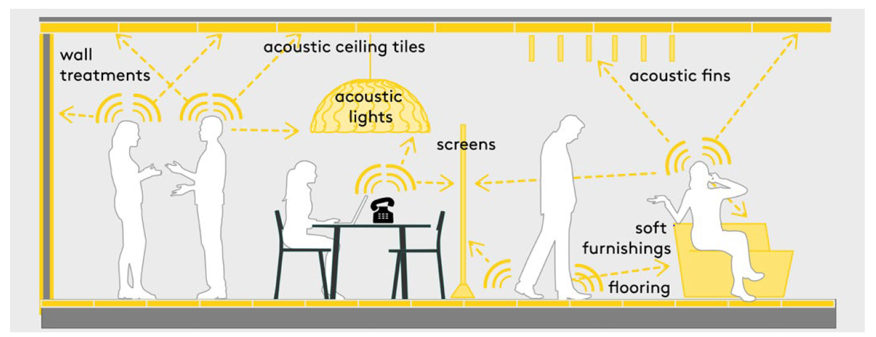
It’s not about silence. Better acoustics promote health, provide better focus, enable collaboration- which generate productivity.
Beauty Matters.
As stated in the Wellness Mind criteria : “A Beautiful and meaningful space in which design aesthetics are expressly considered can have a positive impact on occupant morale and mood. Elements that provide visual complexity, balance and proportion can impart a sense of comfort, ease and potentially mitigate stress.”
In addition to adding beauty to a space, placing lighting fixtures in stairwells can also apply for the Wellness Mind criteria by encouraging occupants to take the stairs. The same concept applies to fitness rooms, walking paths and hallways.
Biophilic design is also a consideration for the Well rating. According to a Human Spaces report in 2018, “offices with natural elements can increase productivity by 8% and well being by 13%”. David Trubridge Design produces unique lighting fixtures on the more figurative side of Biophilia, which reference nature in each model with a message of “Bringing Nature Indoors”.
Sola 800, David Trubridge Design, illuminating a stairwell.
Safety Matters.
What is hanging from your ceiling that you are electrifying and sitting under for 90% of your life? Can you trust the materials and the electrics? Transparency is another factor for Well rated spaces. Look for product EPDs (Enviornmental Product Declarations) and material listings in green-oriented databases such as Declare, Energy Star, and Mindful Materials. There can be so much more to lighting than illumination- although quality ambient lighting is also listed in the Wellness Standard!
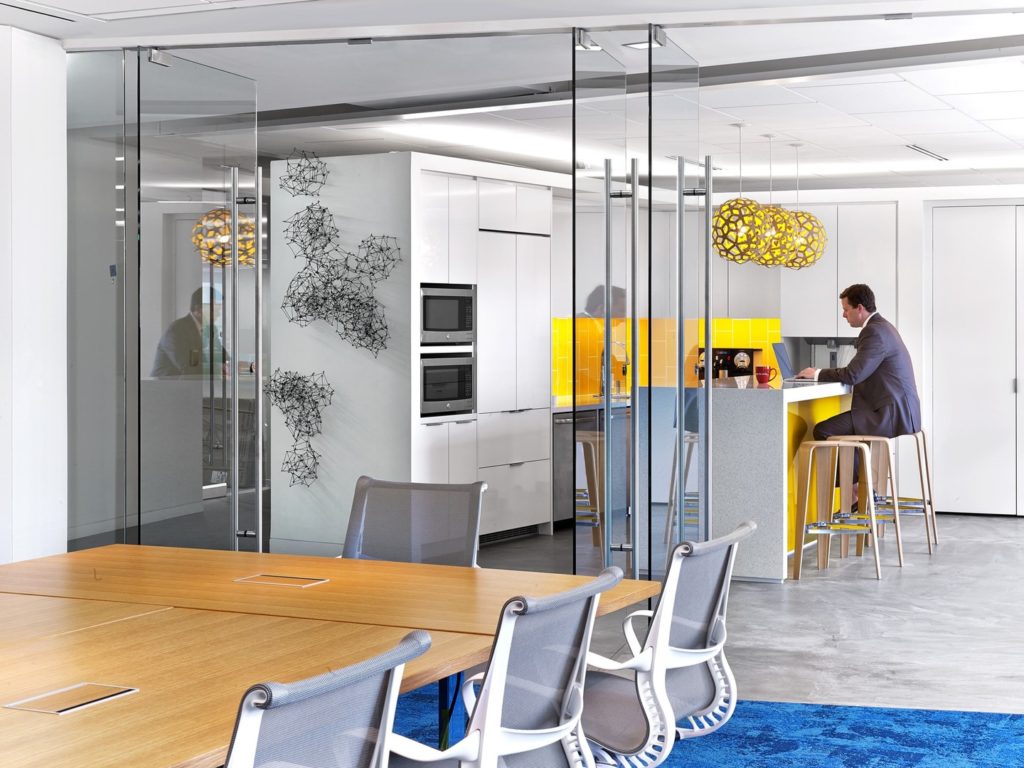
Coral 600s, David Trubridge Design, hanging in Well & Leed Platinum rated ASID HQ
For more information and upcoming training events visit these sites:
Interested in gaining a CEU credit for this information? Contact info@wakanine.com and find out when we will be in your area!

